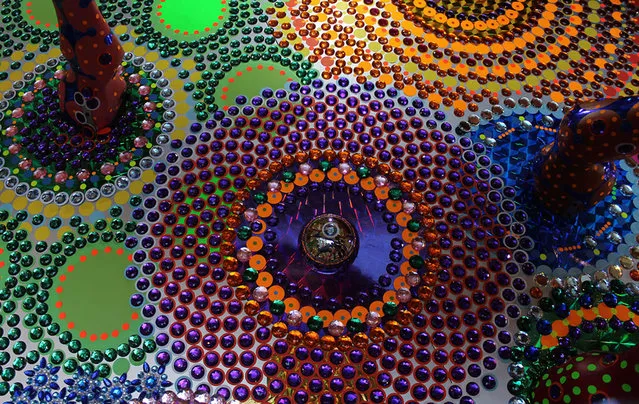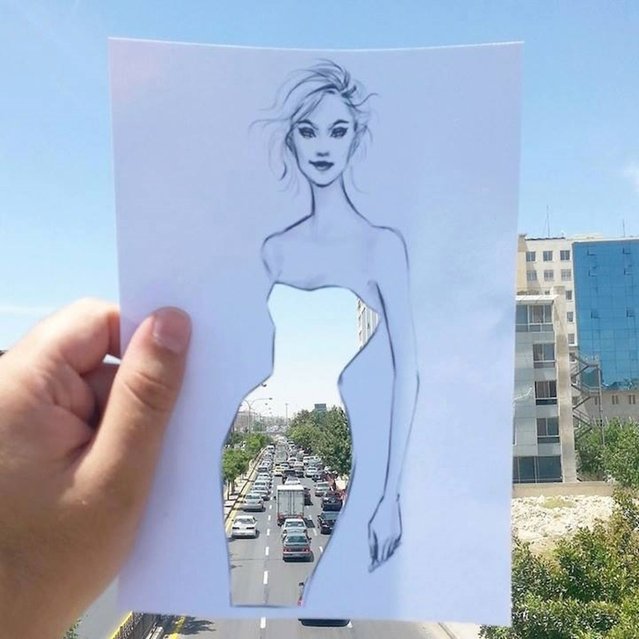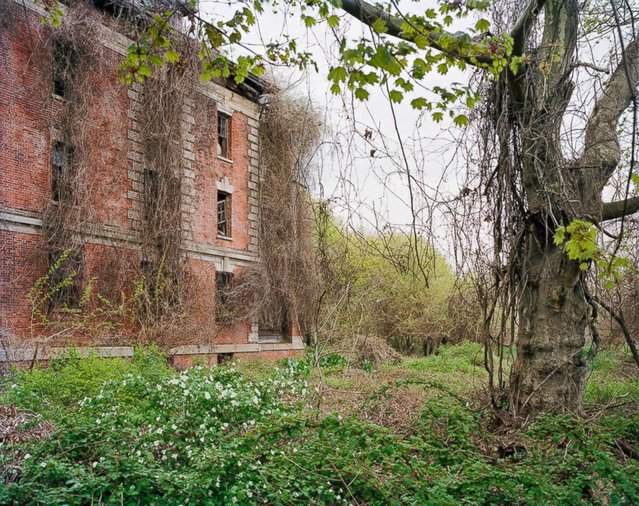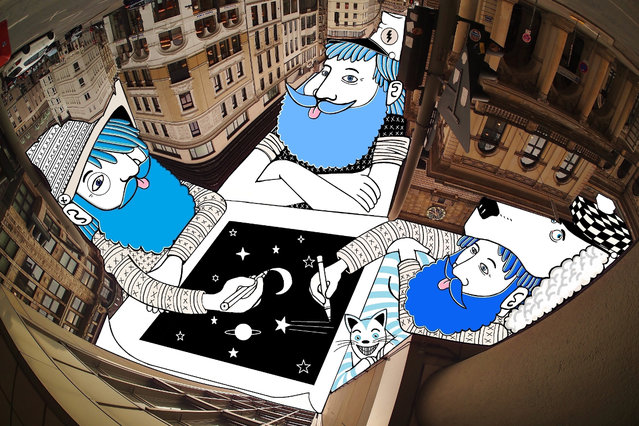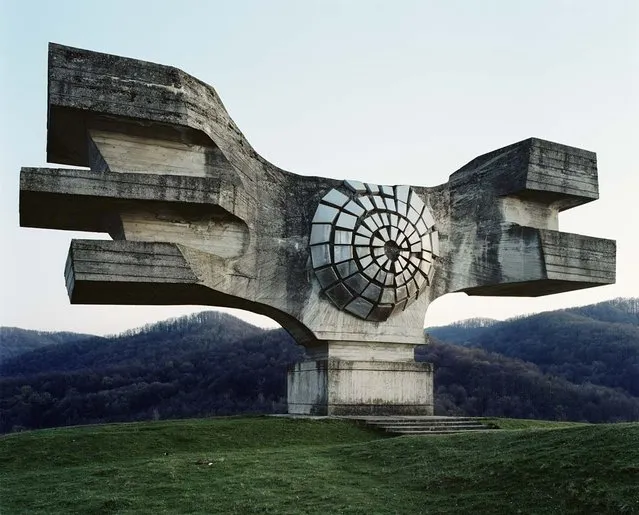
Karim Nafatni is an Airline Captain and photography enthusiast. He seriously got into the Art when he got his first DSLR 3 years ago. Addicted to height and fan of architecture,he climbs the highest skyscrapers of Dubai to take his pictures ,sometimes more than 300 meters above ground. As the top of the biggest buildings in the world is not high enough for him,he carries his camera with him during work to document his daily routine in"his Office" and shoots from his flight deck.
26 Sep 2013 10:46:00,post received
0 comments

